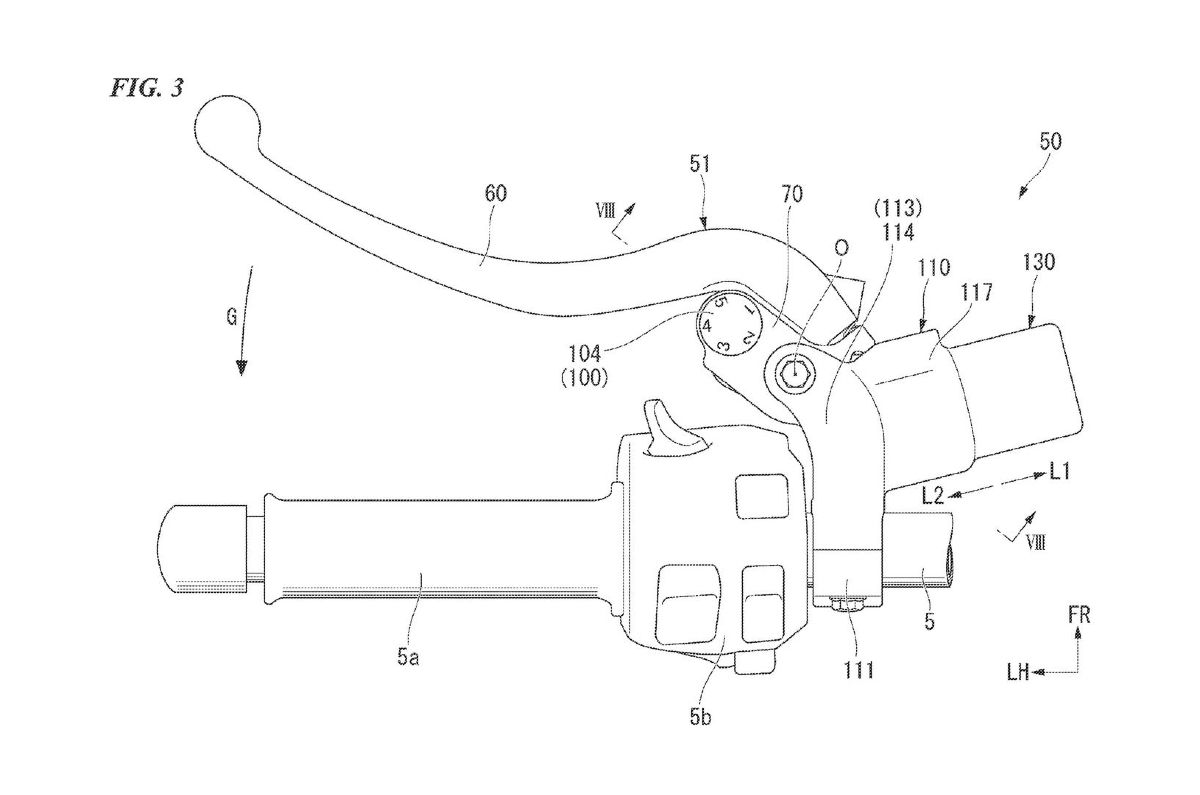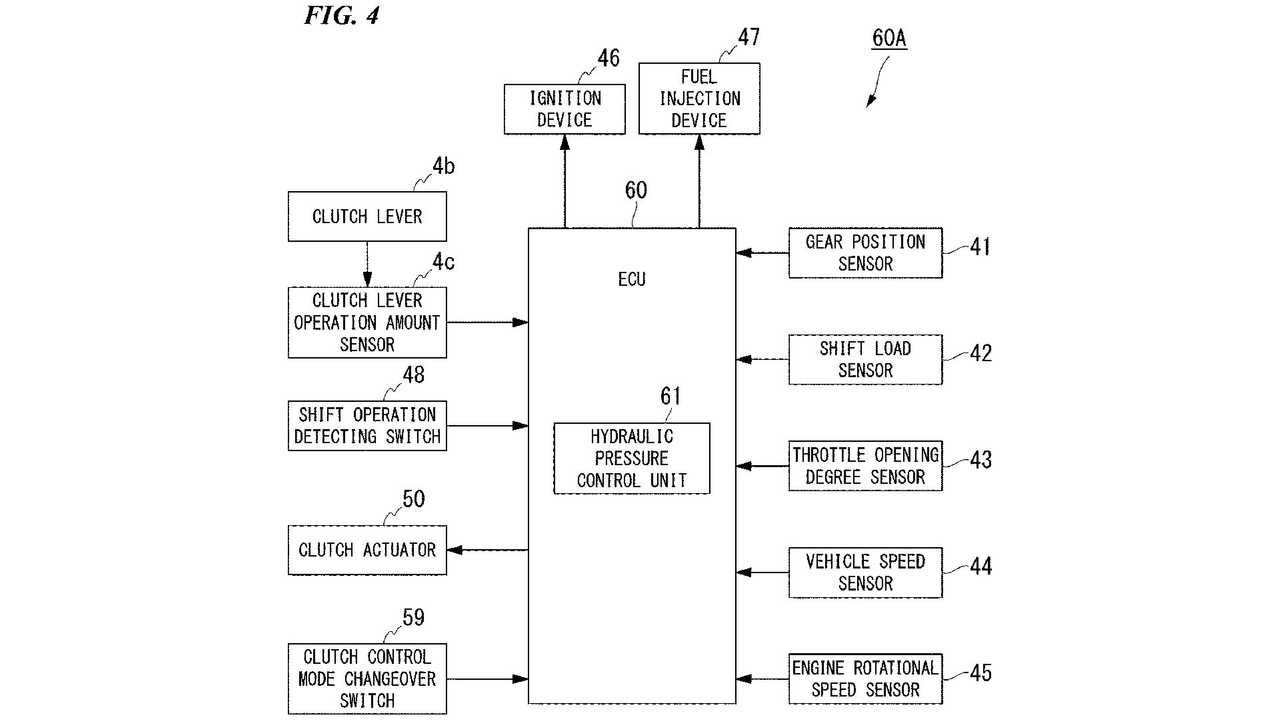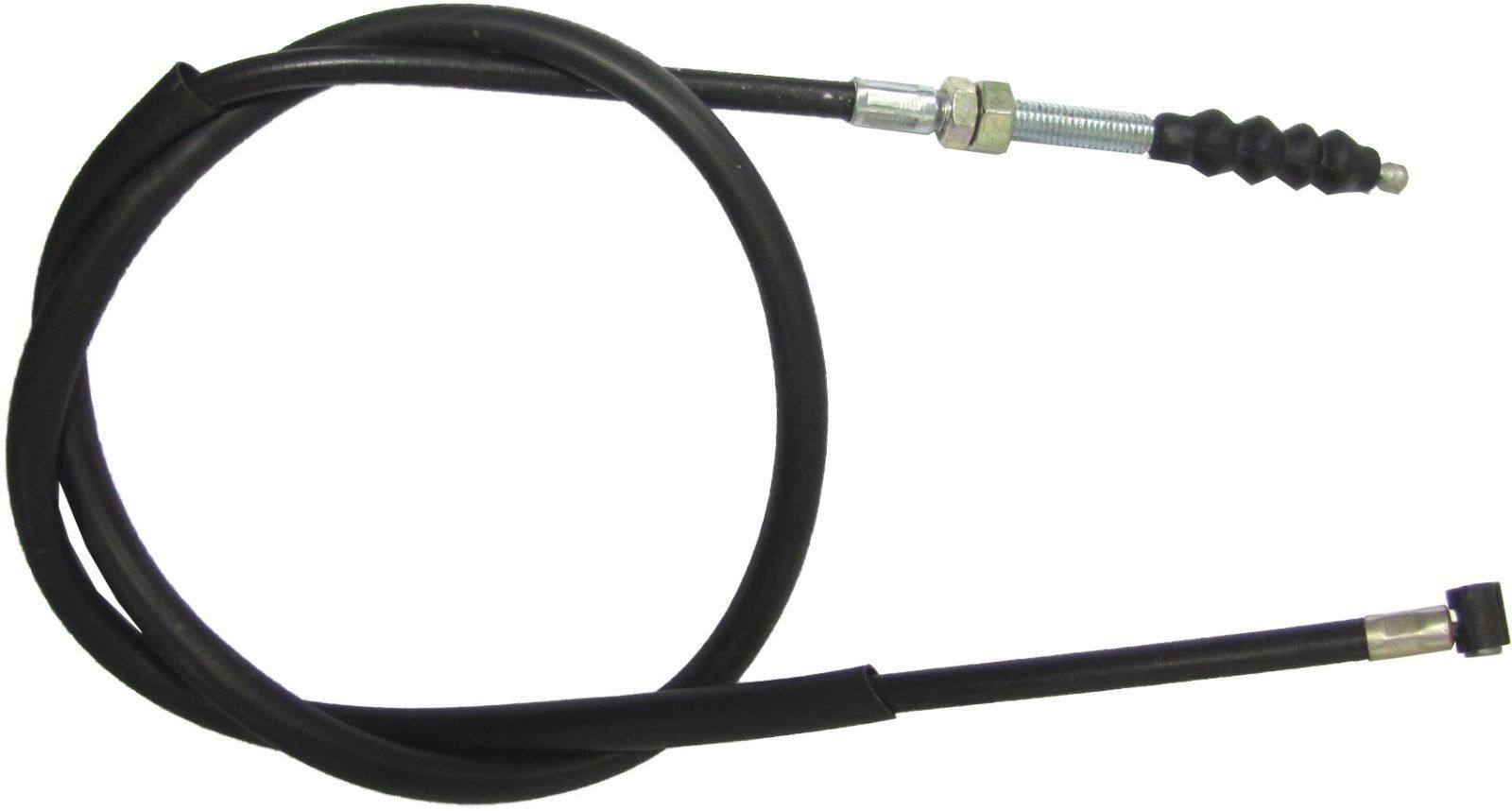In what looks like an ingenious solution to a problem that never existed, Honda has filed a patent application for electronic actuation of the clutch, obviating the need for a clutch cable. Is it needed?
We’re all familiar with ride-by-wire technology, where the twistgrip has no physical connection to the throttle butterflies, but rather sends an electronic signal to a servo which actuates the butterflies.
This technology has had a huge impact on motorcycling, allowing all sorts of rider aids to be incorporated into the electronic suite; traction control, wheelie control, launch control and corner stability control to name but a few, not to mention helping manufacturers comply with emissions legislation.
Now, Honda is looking at incorporating the same technology for the clutch. Those clever people at Cycle World have unearthed a patent application Honda has filed for clutch-by-wire technology.
The Honda system uses a servo to engage the clutch, taking a signal from the bar-mounted lever, which operates as normal. Because it is all electronic, it can use information such as throttle position, what gear is being used, road speed, engine revolutions and so on and can eliminate ham-fisted actuation by a clueless rider.
One important element is that the servo engages the clutch, not releases it. This is a fail safe design so that, if the system fails, the clutch is disengaged and the bike can be moved.
With such a system, the clutch can now be used alongside the throttle in the rider assist electronics, with the bike making decisions for the rider in a fraction of the time. The lever will also have a resistance built into it to make it feel like a normal clutch.
Is this a good idea or is it an example of added complexity and cost in coming up with a solution for a problem that wan’t there in the first place?




